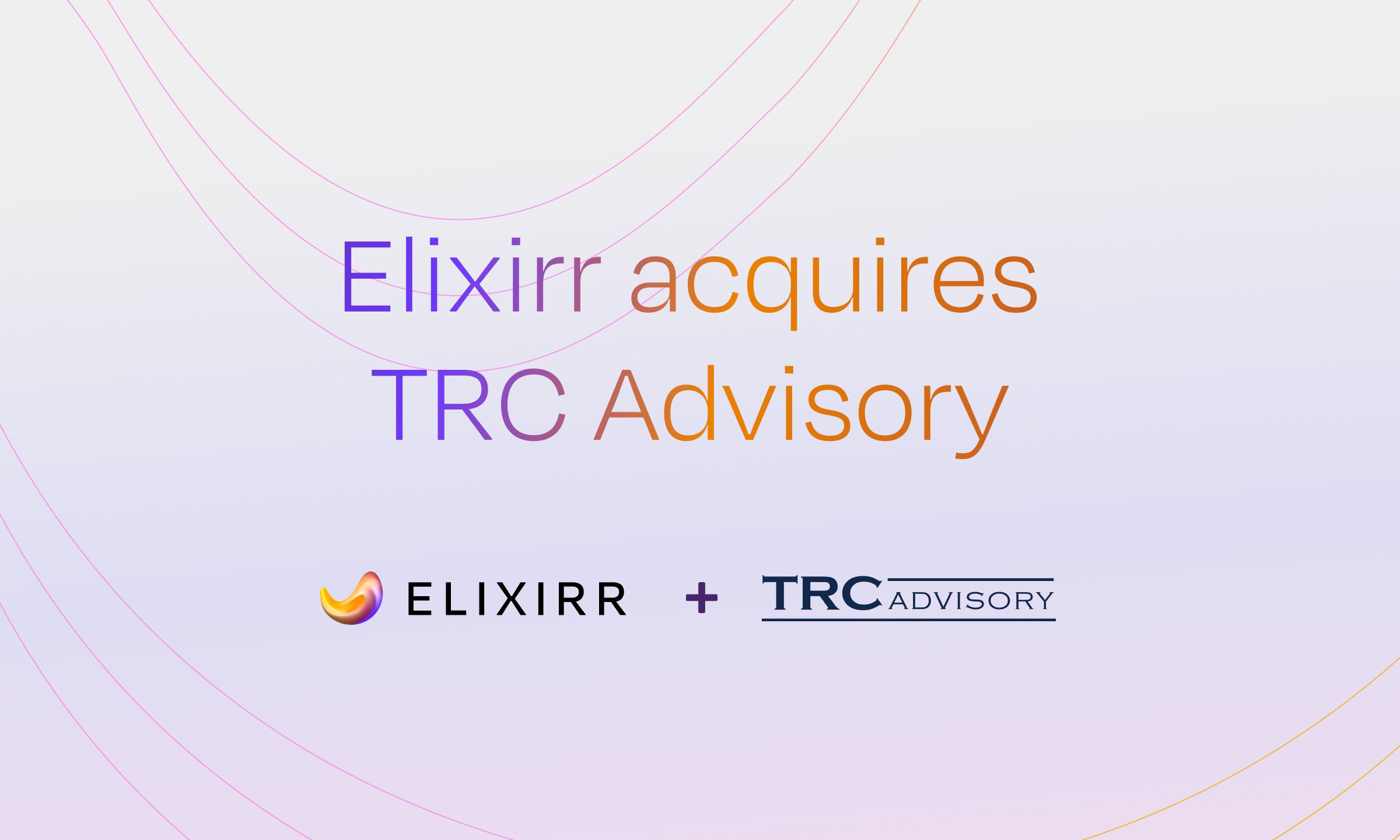Articles
Customer-centricity: here’s where you’re going wrong
Companies no longer just sell products, but experiences. This is true from the moment a customer begins interacting with a brand before they even use the product. Every touchpoint is…

Companies no longer just sell products, but experiences. This is true from the moment a customer begins interacting with a brand before they even use the product. Every touchpoint is crucial to ensure that a customer’s expectations are not just met, but exceeded. And stakes are not only high to get the experience right for the customer, but internally too. If customer experience (CX) is not done well and its outcomes are not sufficiently linked to the value provided, it will quickly be de-prioritized in favor of other initiatives. Despite the fact that digital CX has become increasingly sophisticated, incorporating data points and tech-forward features in an attempt to create a superior personalised experience, it currently misses the mark, ignoring what customers actually want.
What’s more, in today’s market, if a company does not provide a customer-centric experience, there are plenty of competitors that will. Determining how to embed customer centricity at your organization will take significant investment and dedicated effort – read on to find out where you might be going wrong.
Common CX mistakes
When attempting to transform CX for a product, physical location, or digitally, legacy organizations seem to make the same mistakes, time and again. After spending years working with organizations, large and small, we have identified key challenges that are endemic to larger, legacy organizations.
These include:
- Failing to create the business case for CX
Within large legacy companies, CX initiatives fail to gain traction and make headway when they come up internally. This is because CX is often not explicitly linked to revenue and organizational value, and is therefore more easily sidelined. So, it’s critical that the value of CX is tied directly to the revenue it helps to generate – because whether that’s loyalty, customer satisfaction or general attractiveness to customers, CX is revenue-generating. Without framing it in these commercial terms, however, its value will struggle to be seen by the leadership that ultimately sponsor these projects.
- Determining highest return areas of improvement
When undergoing a CX transformation, trying to fix all CX wrongs at once is almost guaranteed failure, resulting in a loss of support of executive sponsorship. Before embarking on an initial CX transformation, an analysis should be conducted to identify the opportunities for transformation that provide the most return for the company and improvement for customers, in the shortest period. This again clearly shows the value of CX and its role in enabling business growth long-term.
- Discounting the impact of customer feedback
Many organizations operate in a corporate echo chamber that discounts the importance of feedback from the customer, when building a transformed customer experience. If the new experience has tech-forward features that are viewed as advanced in the market, but do not, in actuality, fulfill the customer’s expectations, then it does not matter how much time, effort, and money was poured into the initiative, it will have failed. In turn, this will impact value for the business and undermine the business case for CX internally, because the link to value will not have been proven.
- Creating a silo for CX to operate in
Often, organizations will establish a customer experience function or service center that acts in an advisory capacity to other departments that contribute directly to an organization’s profit and loss. While it is a step towards the permanency of CX in a company, this does not ensure CX becomes embedded in customer decision making. Customer-centric decision making needs to become filtered throughout all aspects of the organization – without creating a dedicated CX function internally, with its own operating model, it is likely impossible to achieve this in large legacy organizations.
- Missing the mark for the employee
While the customer’s experience is paramount to successful revenue generation and growth, the execution on that experience is dependent on an organization’s employees. Happy and fulfilled employees are key to supporting a customer experience that fulfills a customer’s needs and wants.
- Reliance on outdated data
To enable the kind of experience your customers expect, it is important you understand their needs and desires. It also crucially important not to just have data that could be used, but to find new and innovative ways to integrate data into every step of the consumer journey to deliver an industry-leading experience that aligns to your customers’ expectations.
TL;DR
32% of global customers will walk away from a company after just one bad experience… And whilst you might be going wrong with CX when it comes to creating a compelling business case, or relying on outdated data, simply understanding what your customers actually want is more difficult than it first might sound.
Wait for part II to find out how, or connect with our team of CX experts today.












